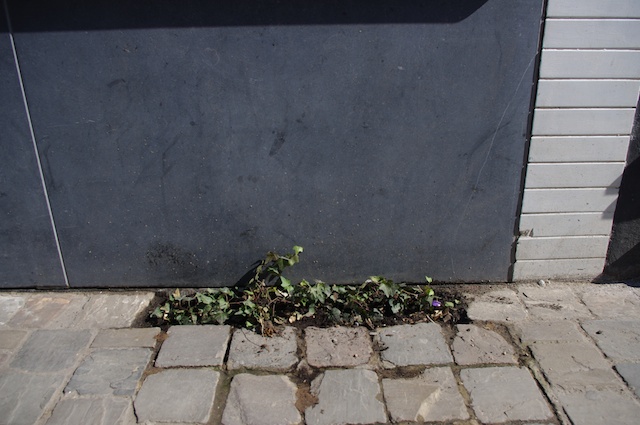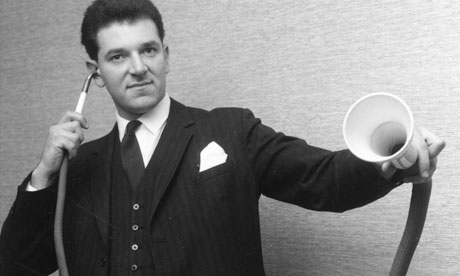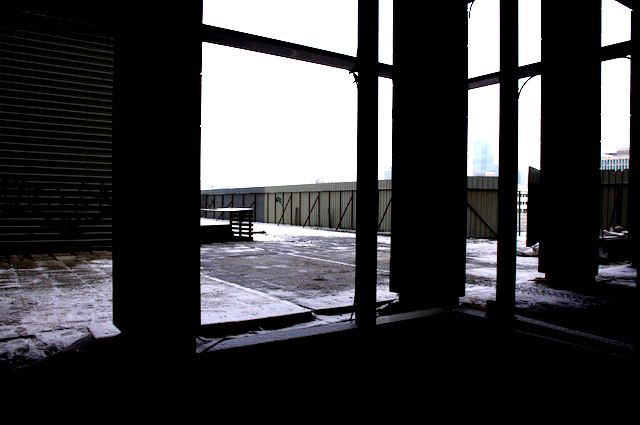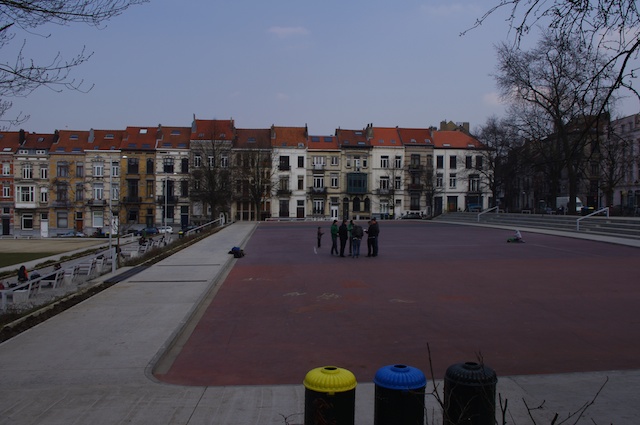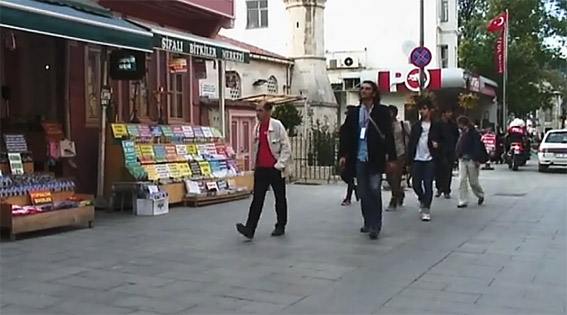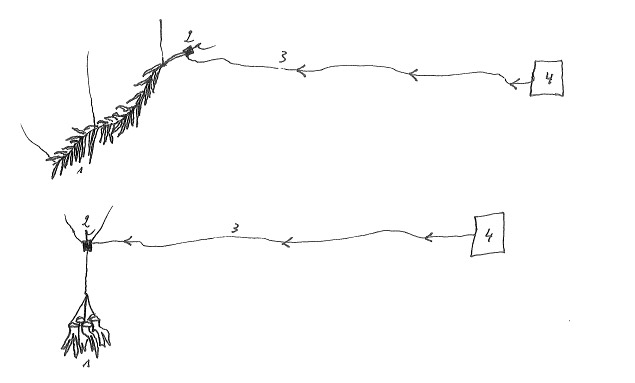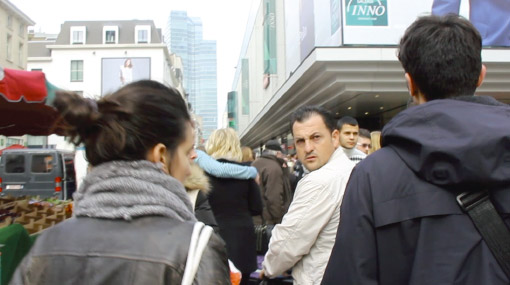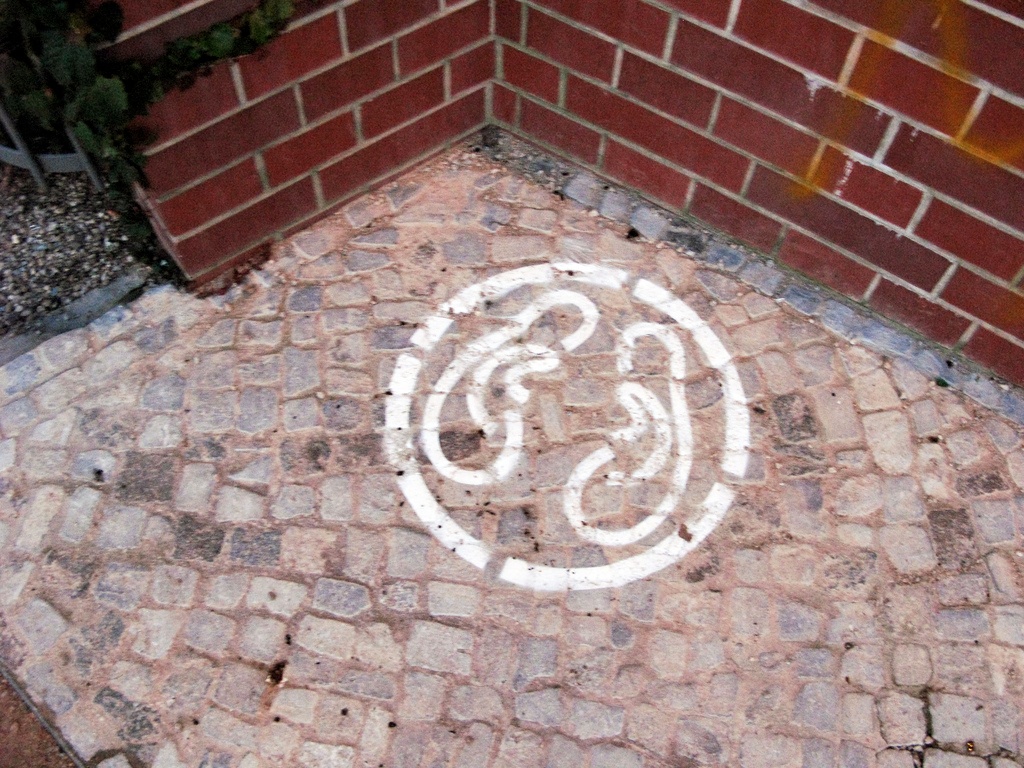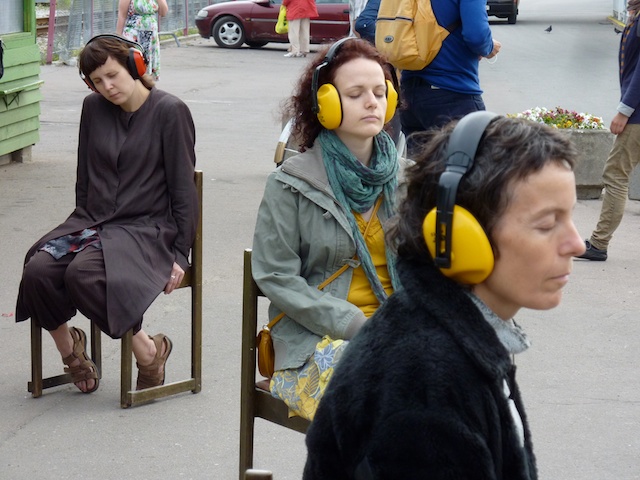Zoë Irvine (UK)
This sound work is exploring oral history recordings from the BNA-BBOT archives, an online open-access database that has been facilitating inhabitants of Brussels to record and upload their conversations. Voice is a threshold phenomenon, oscillating between the bodily interior and exterior. It is spanning the emotional and the linguistic and extending from the individual to the social. In the work Lies and Other Truths, Zoë Irvine uses biometric voice analysis technology to examine the emotional content of the material voice in forensic detail. It is an experimental work placing the voice in a new light.
Eloquent Voice has been kindly supported by DJCAD, University of Dundee.
[lang_nl]Dit werk verkent flarden mondelinge geschiedenis uit het archief van BNA-BBOT, een databank met gesprekken van Brusselaars. Met de stem als scharnier tussen de wereld binnen en buiten het lichaam, tussen het individuele en het collectieve, analyseert Zoë Irvine in Lies and Other Truths het wezen van het spraakvermogen tot in het kleinste detail.[/lang_nl]
[lang_fr]Cette œuvre explore des bribes d’histoire orale des archives de BNA-BBOT, une base de données de conversations de Bruxellois. La voix est la charnière entre le monde à l’intérieur du corps et l’extérieur, entre l’individuel et le collectif. C’est ainsi que Zoë Irvine analyse dans Lies and Other Truths l’essence de la parole jusque dans le détail.[/lang_fr]
appearance at Tuned City
Brussels / Operative Atmospheres – 30. June 2013

